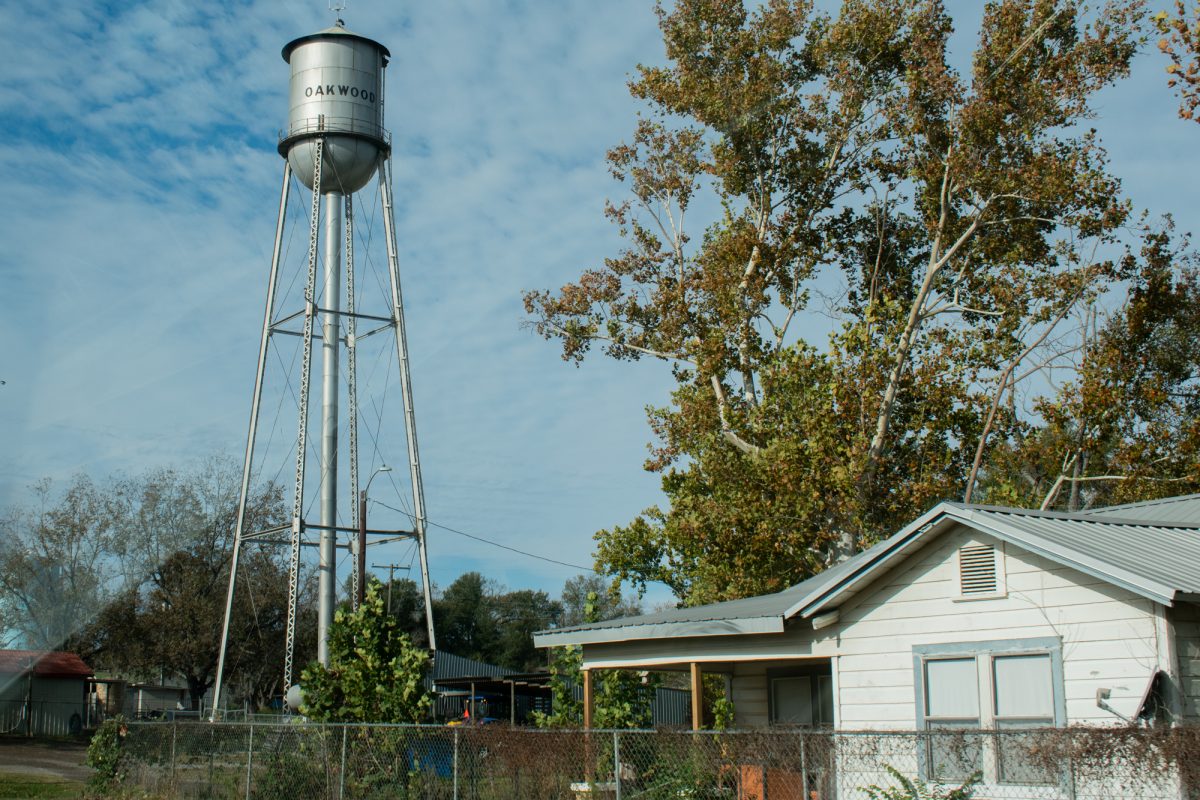“That’s one small step for a man, one giant leap for mankind.”
These words, spoken 51 years ago, changed our history forever. Since that moment, we’ve dreamt about when we will return to the stars for good. This wish may seem like science fiction to some, but it will be a reality as long as we survive. We’ve already sent out probes to discover more about the cosmos. One of them, Kepler, found a planet around the same size as Earth, potentially with Earth-like temperatures, orbiting a red dwarf star. An associate administrator of NASA said, “This intriguing, distant world gives us even greater hope that a second Earth lies among the stars, waiting to be found,” The only problem is that it’s 300 light-years away.
Sadly, any number of light-years is too far for us to travel right now. But before you put down your phasers and Spock ears in dejection, we can’t forget about our solar neighborhood: Mars, Venus and the other five planets — sorry Pluto — that orbit our sun.
Mars has been the setting for multitudes of films in the past century. Since landing on the moon, experts have seen the Red Planet as the most logical next step in space exploration. Companies like Mars One and SpaceX have committed to reaching and establishing permanent settlements on Mars soon. Scientists have found liquid water on the planet’s surface. This finding and the presence of organic molecules, like methane, lead many to suspect that it once harbored life. Along with Mars’ similar size and day length to Earth, many see it as a great candidate for colonization.
Venus, a planet long shrouded in mystery by its dense toxic atmosphere, may also have incredible potential. It was announced on Sept. 14 that phosphines — a possible sign of life — were detected in the planet’s clouds. Life is the only thing known to create molecules like phosphine on rocky planets. This discovery has led to much debate and speculation. Before picking a camp, it’s important to note that the 1978 Pioneer 13 mission, which sent a probe into Venus’ atmosphere, also detected phosphine. Skeptics wrote off this discovery as a mistake, and the press did not broadly publicize it. With recent goings-on, reanalysis of this data has been the confirmation for which many have been looking.
As far back as the 1960s, famous astronomer Carl Sagan theorized Venus could support life. High in the Venusian clouds, temperatures and pressure are almost perfect for human existence. Imagine an alien world full of floating human cities and airships. Venus also comes with the added benefit of having large amounts of deuterium. Explorers can also use this isotope commonly used in nuclear fusion reactors to create water. Based on what we know right now, Venus may be our most exciting option.
Earth’s moon, having been long abandoned by human boots, is a celestial body that doesn’t come to mind when thinking about habitable environments. But the future of our survival may lay underneath the moon’s surface, in lunar lava tubes. These underground tunnels and pockets sustain a relatively stable and warm environment. Sealed off from the outside, they could make our return to the moon cozy enough to stay.
Two of Jupiter’s 79 moons, Europa and Ganymede, hold oceans of liquid water underneath a thick icy shell. Whether these oceans are capable of supporting life or when they may be accessible to us remains unknown, but this fact adds these two bodies to the list of potential future homes for our species.
Now thinking about the potential and logistics for colonizing other celestial bodies raises countless questions. If these locations do have life, should their protection be prioritized over human interests? Who has the rights to resources on other planets? How should these colonies be governed and represented on the inter-world stage? Before we’re ready to answer these questions, I believe there’s still a lot we have to figure out on Earth. Though space exploration and colonization may be inevitable, I have to hope that it isn’t necessary.
Venus is trapped in a bubble of hot greenhouse gasses. Mars is thinly-protected, with a cold, sterile surface. Right now, these two best serve as a warning of what our home could become. Destroying the Earth and moving on to the next planet is not a strategy that we can sustain. Even a good plan B is no replacement for the best plan A. So before we rush off to find new homes in our solar system, we must address climate change and the many other problems that make life on our planet harder. When the right time does come, the words of the last man on the moon, Gene Cernan, will finally be realized.
“We leave as we came and, God willing, as we shall return, with peace, and hope for all mankind.”
Zach Freeman is an anthropology junior and opinion writer for The Battalion.
So what’s planet B?
October 15, 2020
Photo by Photo by Kaylee Cogbill
Opinion writer Zach Freeman describes what other celestial bodies in our solar system have the best chance of supporting life in the future.
0
Donate to The Battalion
Your donation will support the student journalists of Texas A&M University - College Station. Your contribution will allow us to purchase equipment and cover our annual website hosting costs.
More to Discover









